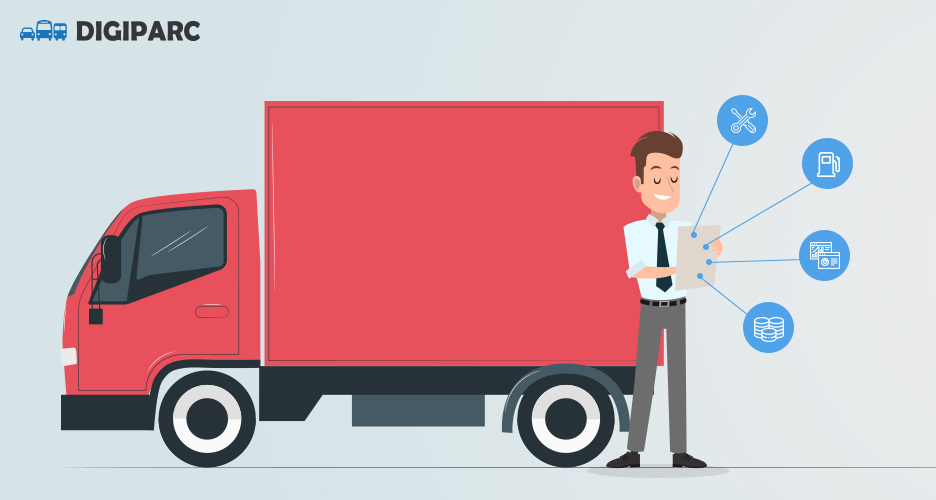Tips for managing and reducing your fleet costs
2020-07-13T22:00:00.000Z
Fleet managers spend a lot of time managing fleet costs. Many companies in various industries are turning to integrated fleet management software to effectively track cost of ownership (TCO), gain productivity and improve fleet profitability.
In this article, you will find relevant tips to improve your fleet cost management plan.
Fleet cost management factors
There are many challenges to maintaining a fleet, but managing fleet costs is perhaps the most complex mission. Not managing your fleet costs can have a negative impact on profitability and your organization as a whole.
Managing fleet expenses can be a headache, especially when calculating manually or via multiple spreadsheets. Fluctuating costs and hard-to-read data can cause you to miss important trends and gaps in your fleet. Optimizing your fleet cost management plan with fleet management software allows you to effectively track and analyze total cost of ownership (TCO).
Determine the total cost of ownership
The most challenging aspect of fleet cost management is calculating the true total cost of ownership (TCO) of your fleet. Understanding your TCO allows you to make data-driven decisions to better manage your fleet.
Fleet costs are divided into fixed and variable costs. Fixed costs are established costs that do not change regardless of usage. (taxes, vignettes, insurance, etc.)
Variable costs vary depending on the size and usage of your fleet. Since fixed costs are predetermined, you can focus on how to improve fleet efficiency to reduce variable costs. (fuel, maintenance, spare parts, tolls, etc.)
Fleet management software allows you to create customized reports to easily determine your total expenses and better control variable expenses.
Manage fuel expenses
Fuel is the largest ongoing expense for fleets. While you can't control the price of fuel, there are ways to reduce and manage these ongoing expenses.
Because fuel is a variable cost, monitoring costs and consumption on each of your assets is critical. By tracking all fuel purchases, you can determine the average cost per mile to forecast future expenses.
That said, trying to track fuel receipts and manually enter them into a spreadsheet is a poor use of time. To easily get an overview of your fuel expenses, consider using fleet management software to save more time and limit outliers.
Refine your fleet maintenance plan
One of the best ways to reduce fleet costs is to adopt a proactive strategy on preventive maintenance. Unplanned maintenance tasks do occur, but if you don't properly maintain your assets, you'll face increased downtime and unexpected fleet expenses.
A preventive maintenance plan ensures the safety of your fleet by staying on top of regular maintenance, oil changes and parts replacement.
With fleet management software, you'll receive technical alerts, so you never miss a service. These notifications optimize availability and limit unnecessary expenses.
Improve your parts inventory
Parts account for more than one-third of vehicle maintenance costs, so it's critical that you have a solid inventory management system in place.
While it's essential to have the right parts to keep up with maintenance tasks, you may be buying excess inventory that costs both money and space.
A sure way to control your inventory levels and reduce overspending is to use fleet management software to track quantities, receive replenishment notifications and assign parts to work orders.
Streamlining your fleet cost management with software eliminates the need to enter data and search for information in spreadsheets.
Reducing operating costs is an important and ever present challenge for fleet managers. Find out from DIGIPARC how your fleet can reduce costs and operate more efficiently.